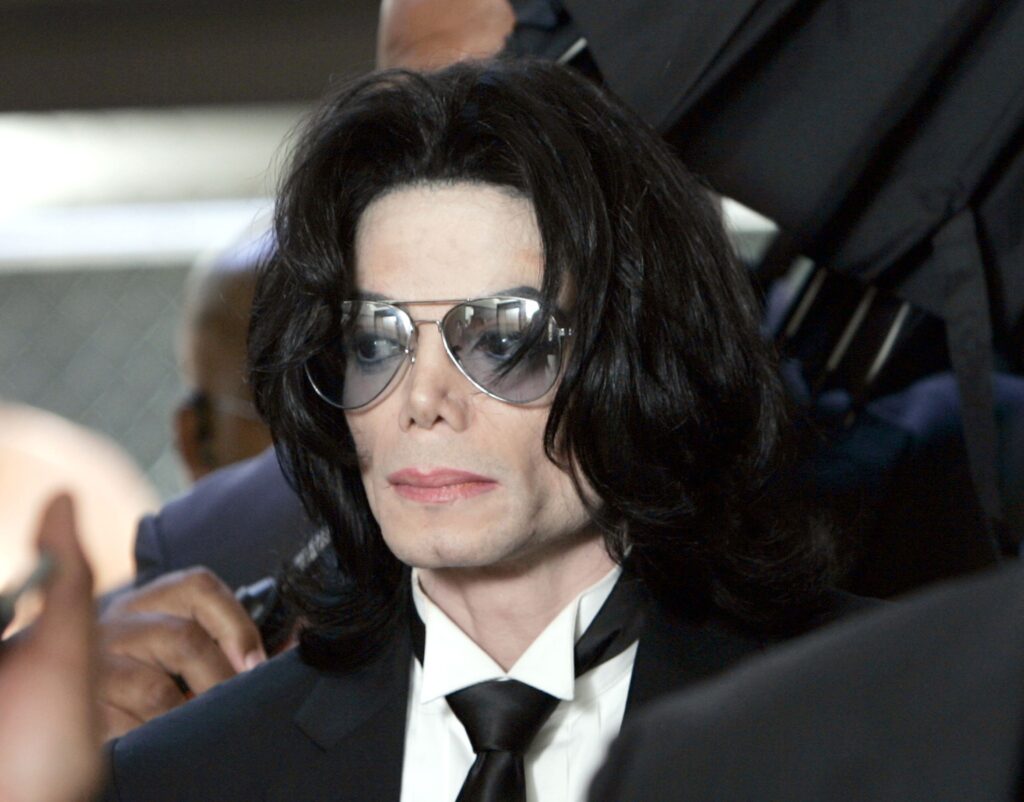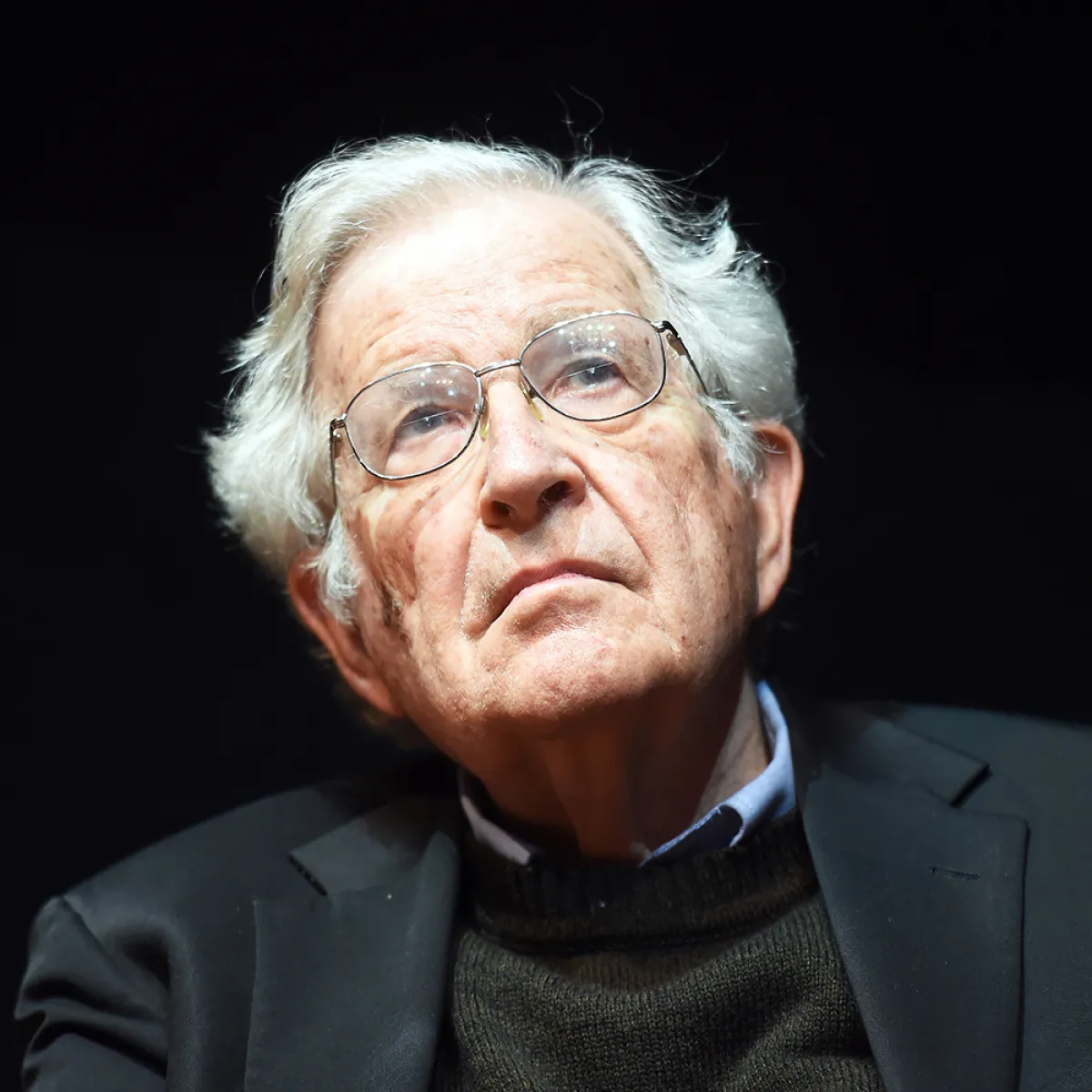Over recent months one of the most common topics of debate regards whether we can separate artist from artwork. Examples include Seinfeld discussing with Stephen Colbert whether we should still watch the Cosby show (https://www.youtube.com/watch?v=nWDI74VrsQ0), various articles about Kevin Spacey (https://www.nytimes.com/2017/11/28/learning/can-you-separate-art-from-the-artist.html) and, of course, Michael Jackson (https://www.theguardian.com/music/2019/mar/09/michael-jackson-fans-verdict-leaving-neverland).



Intentism theory doesn’t advocate censorship, but we think that it is uniquely useful in helping to unpick this debate.
Intentism believes that ‘All meaning is the imperfect outworking of intention.’ We therefore maintain that works are creative gestures from a creative mind and so the work is connected to the artist.
Many Intentists do, however, distinguish between intention and cause. A writer might be influenced by events in their life, but these would be causes unless they formed part of the creator’s intention when creating the work.
Intentism takes no moral stand. It doesn’t advocate censorship, nor just it critique the quality of a work. What it does is make a strong case that the meaning of a work ‘imperfectly’ expresses the intention.
Much postmodern theory that separates the author and work (Barthes, Foucault, Derrida etc) stops the debate surrounding Cosby, Spacey and Jackson before it has even begun.
We need Intentism theory (or something similar) more than ever now to debate these issues with intellectual honesty.
A recent Intentism interview that goes into more detail about this can be found here: https://americanvulgaria.com/interview-vittorio-pelosi/


